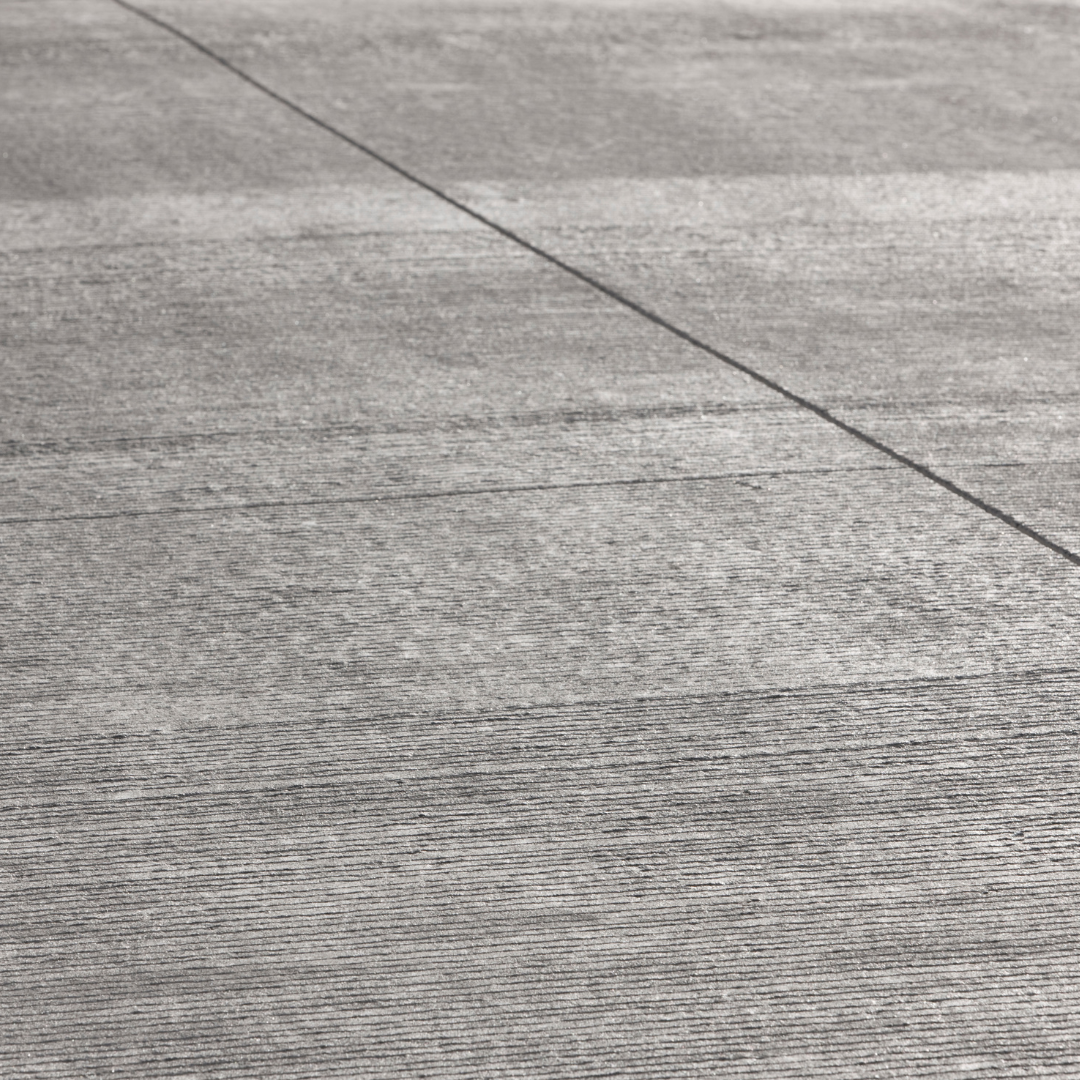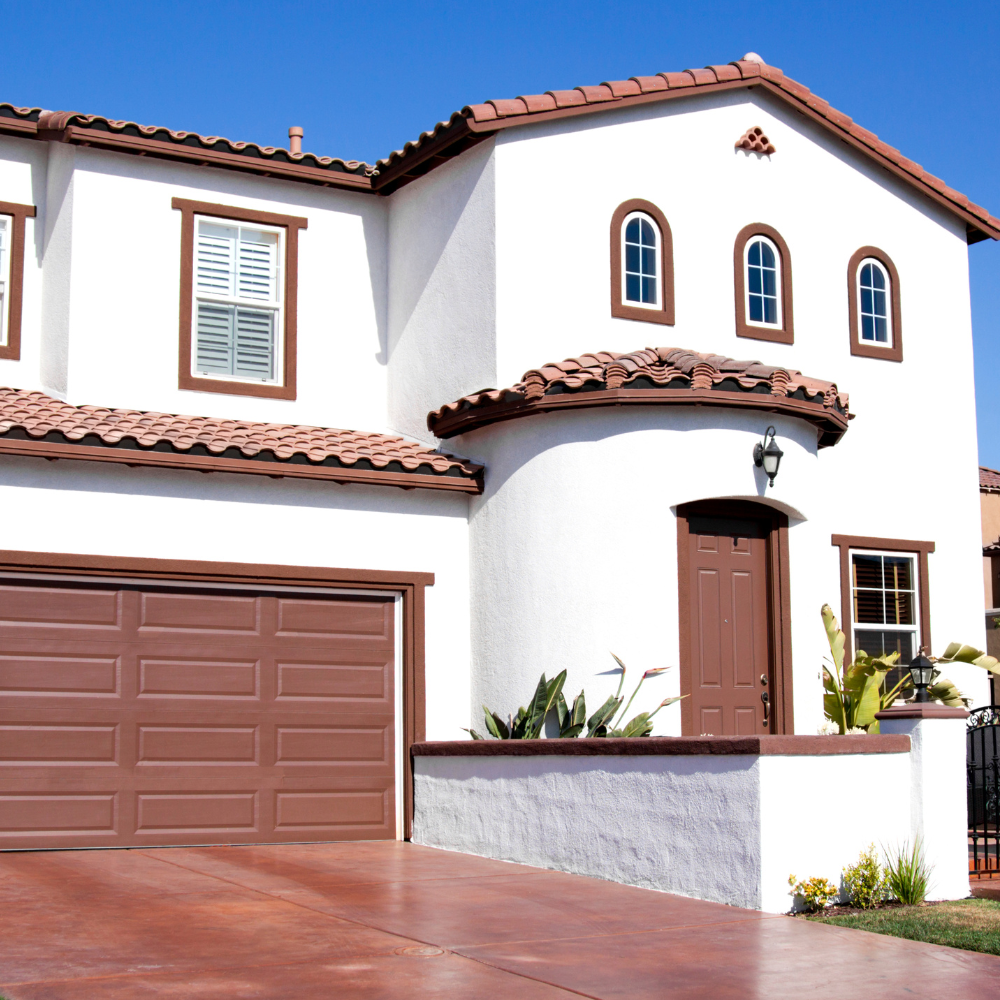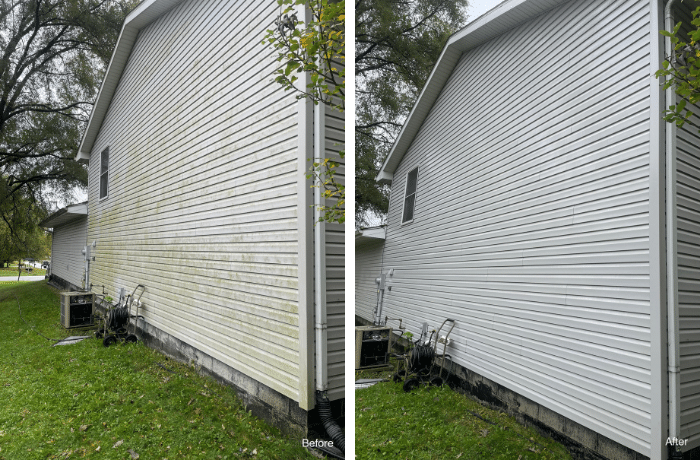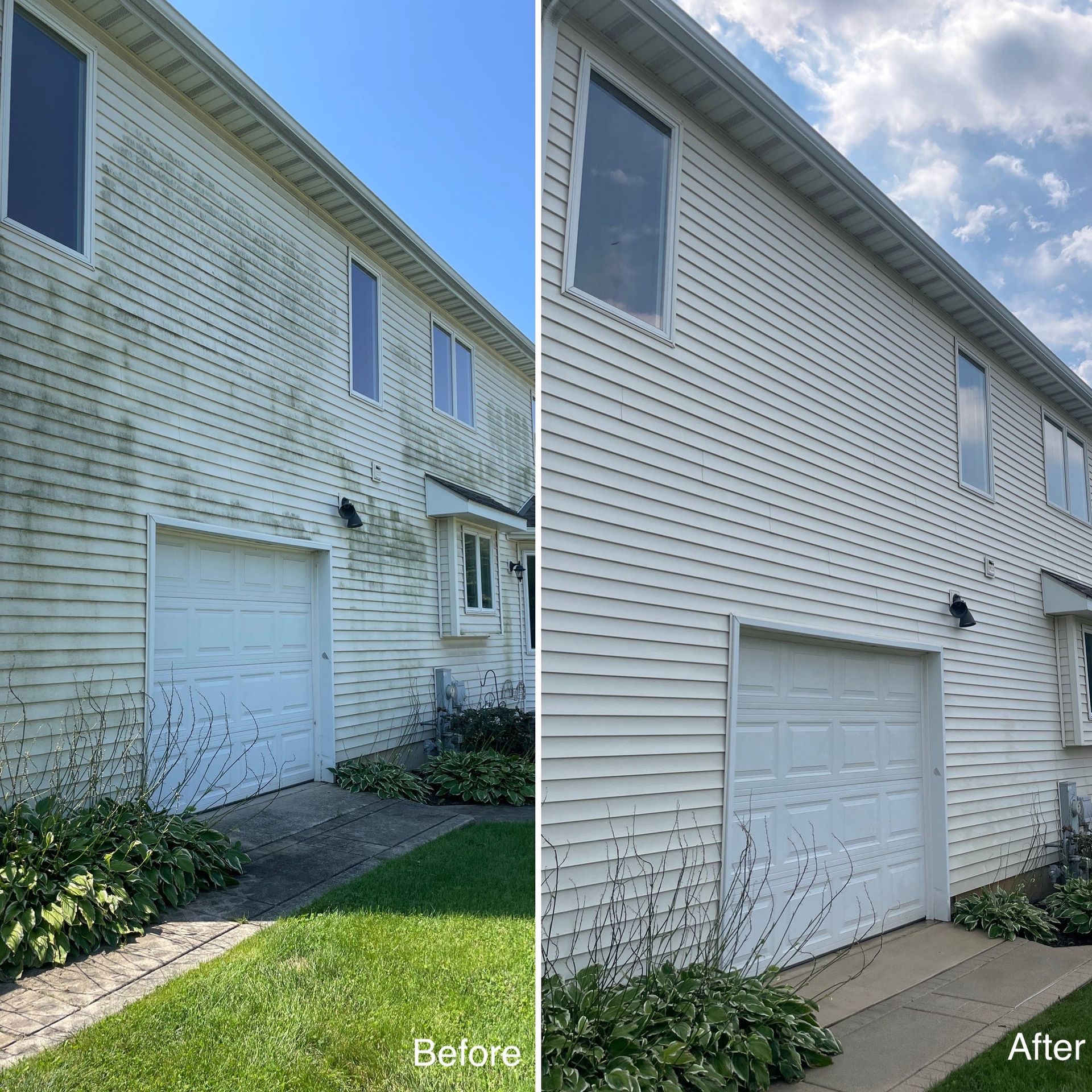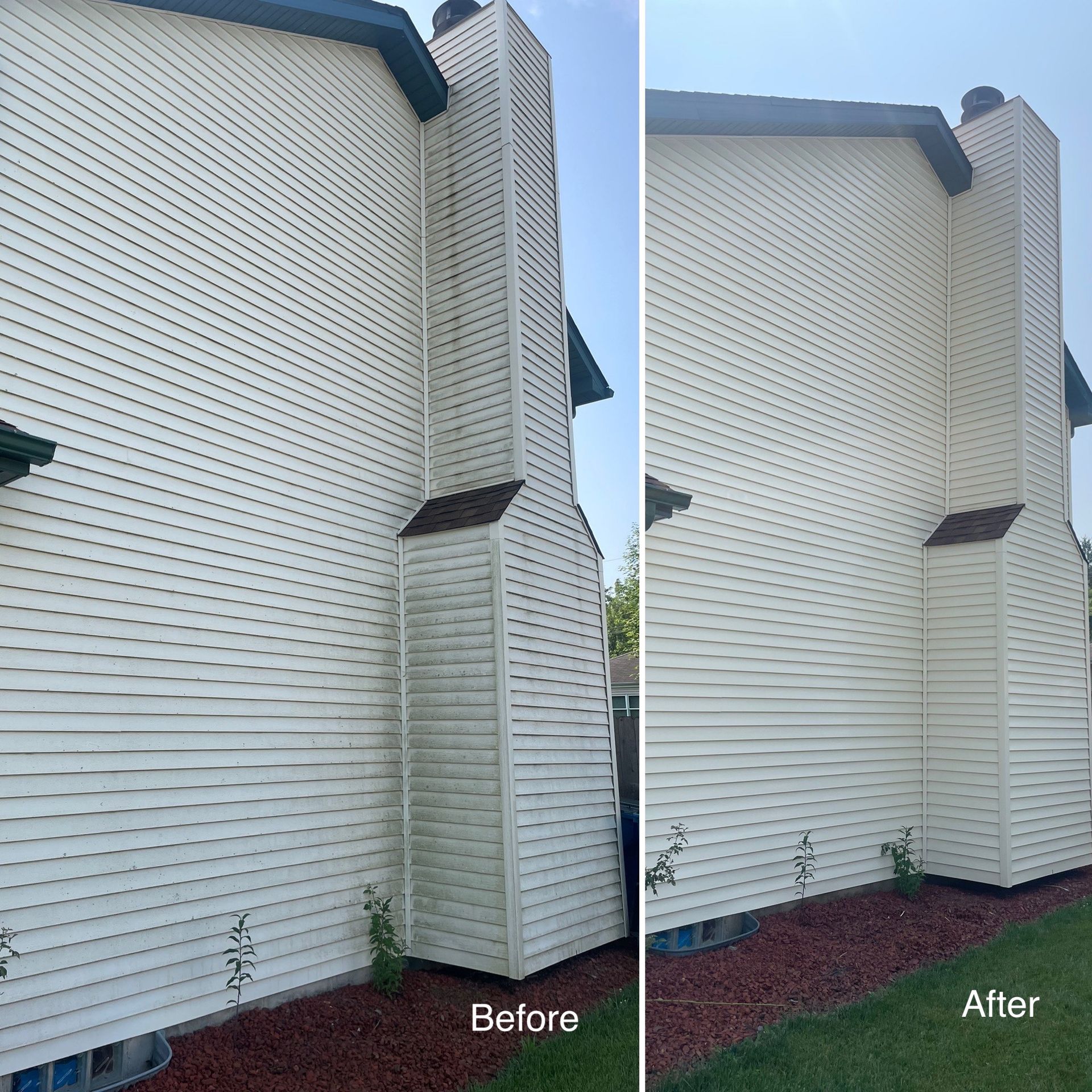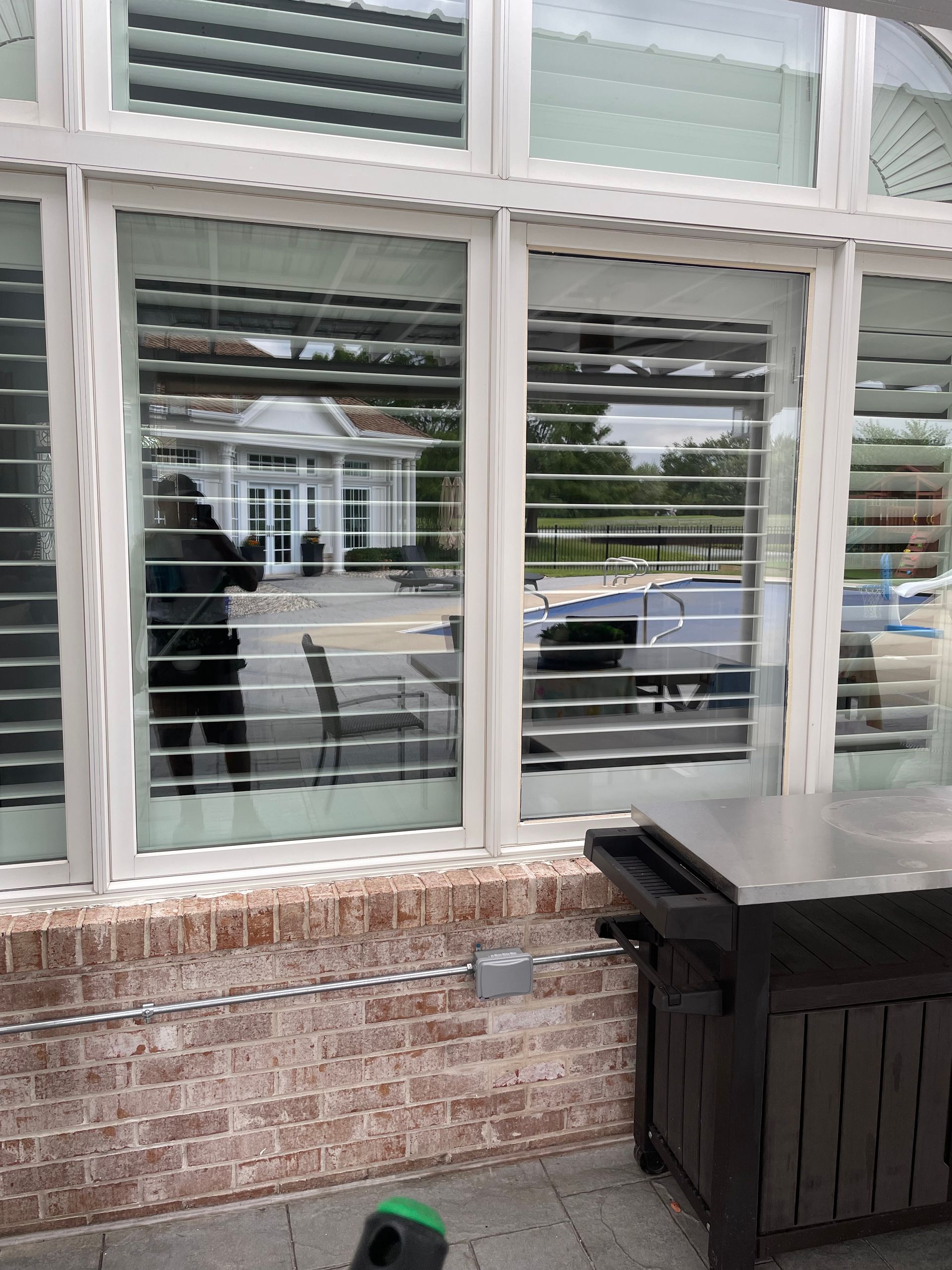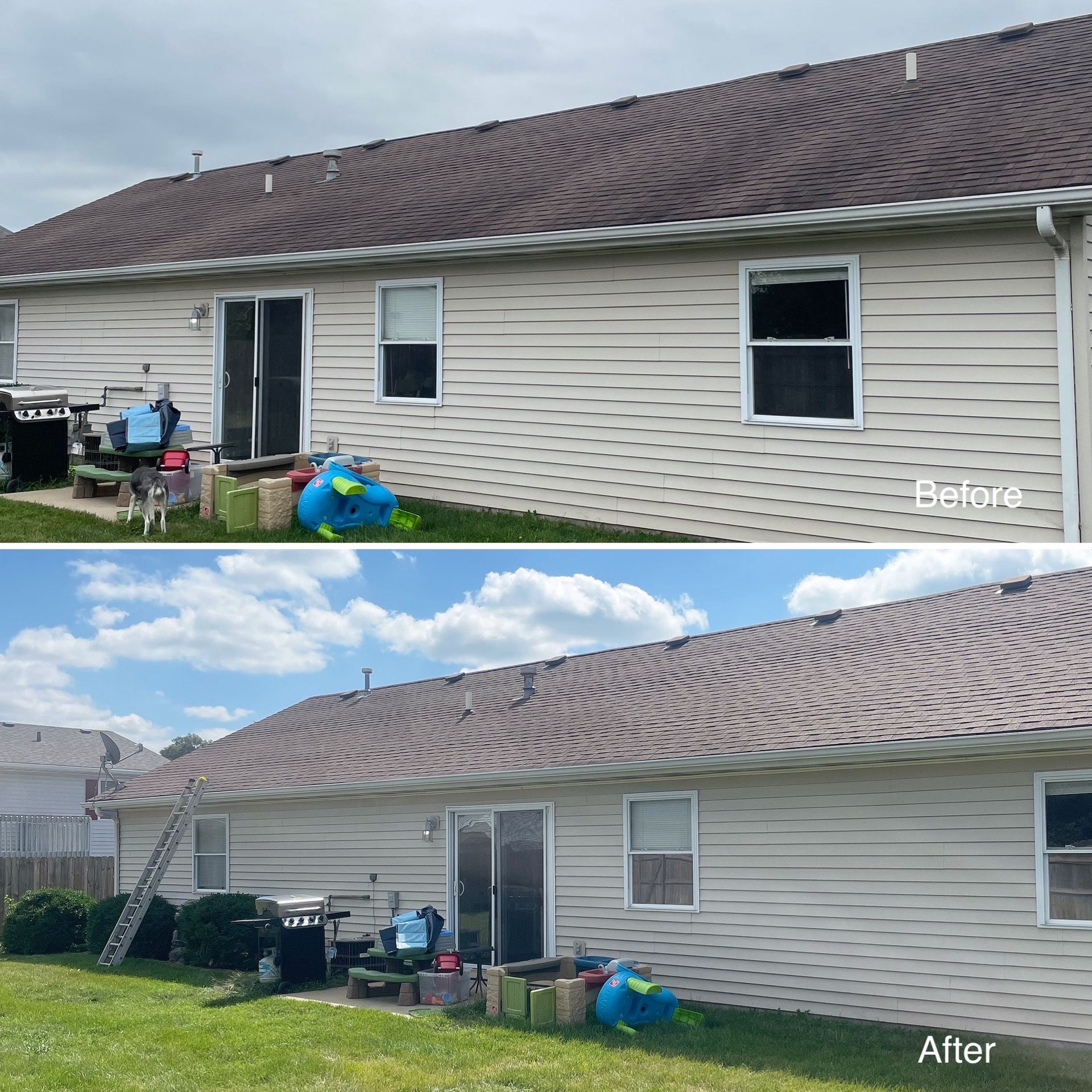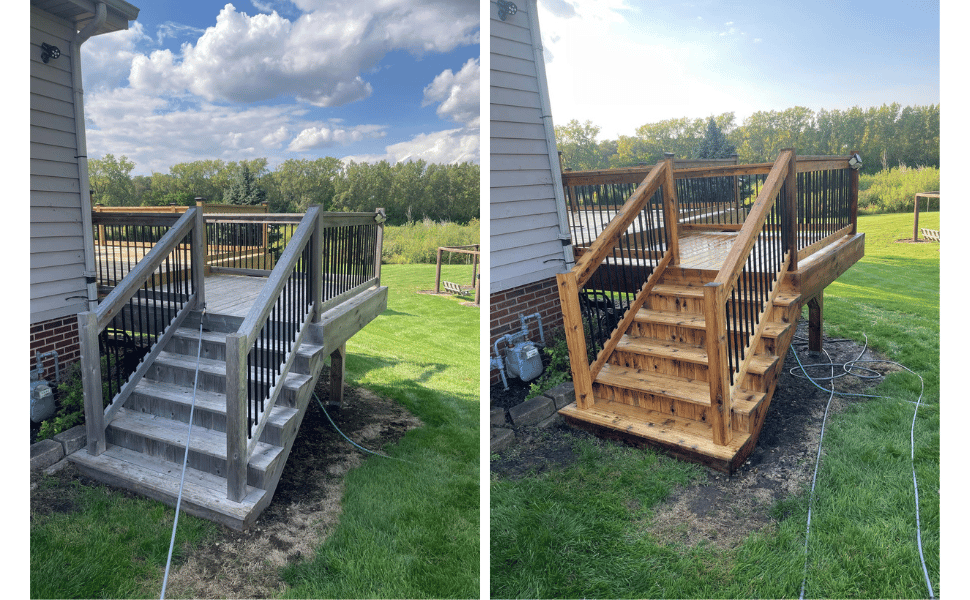How to Clean Wood Siding the Right Way: A Homeowner’s Guide
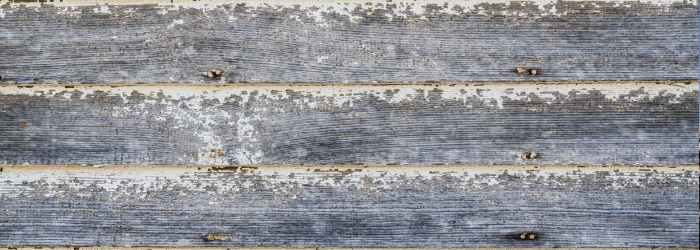
Wood siding adds warmth and charm to a home, but keeping it clean and well-maintained is essential to preserve its beauty and longevity. Dirt, mildew, algae, and weathering can dull its appearance and cause damage over time. Cleaning wood siding might seem daunting, but with the right approach, tools, and techniques, homeowners can restore their siding’s luster safely and effectively. This comprehensive guide will walk you through the step-by-step process of cleaning wood siding the right way, ensuring your home stays vibrant and protected.
Why Cleaning Wood Siding Matters
Wood siding is exposed to the elements year-round, making it susceptible to grime, mold, mildew, and UV damage. Regular cleaning not only enhances curb appeal but also:
- Prevents Damage: Mold and mildew can degrade wood fibers, leading to rot and costly repairs.
- Extends Lifespan: Proper maintenance preserves the siding’s finish, delaying the need for repainting or replacement.
- Boosts Property Value: Clean, well-maintained siding makes your home more attractive to potential buyers.
- Improves Health: Removing mold and allergens contributes to a healthier living environment.
By following this guide, you’ll learn how to clean wood siding effectively while avoiding common mistakes that could harm the material.
Tools and Materials You’ll Need
Before you begin, gather the necessary tools and materials to ensure a smooth cleaning process. Here’s what you’ll need:
- Soft-bristle brush or scrub pad: For gentle scrubbing without damaging the wood.
- Garden hose with a spray nozzle: To rinse the siding.
- Pressure washer (optional): Use with caution to avoid damaging the wood.
- Bucket: For mixing cleaning solutions.
- Ladder: For reaching higher areas safely.
- Protective gear: Gloves, safety goggles, and a mask to protect against chemicals and debris.
- Cleaning solution: Options include commercial wood siding cleaners, mild dish soap, or a homemade solution (see below).
- Tarp or drop cloth: To protect plants and surfaces below the siding.
- Paint scraper (optional): For removing loose paint or debris.
Step-by-Step Guide to Cleaning Wood Siding
Follow these steps to clean your wood siding effectively while preserving its integrity.
Step 1: Inspect the Siding
Before cleaning, examine your wood siding for signs of damage, such as cracks, warped boards, or peeling paint. Address these issues before cleaning to prevent water from seeping into damaged areas, which could worsen the problem. If you notice significant damage, consult a professional for repairs.
Step 2: Prepare the Area
Protect your landscaping and nearby surfaces by covering plants, shrubs, and outdoor furniture with tarps or drop cloths. Close windows and doors to prevent water or cleaning solutions from entering your home. If using a pressure washer, tape over electrical outlets and fixtures to keep them dry.
Step 3: Choose the Right Cleaning Solution
The cleaning solution you choose depends on the condition of your siding and the type of dirt or stains you’re dealing with. Here are some options:
- Mild Dish Soap Solution: Mix ¼ cup of dish soap with a gallon of warm water for general dirt and grime.
- Vinegar Solution: Combine equal parts white vinegar and water to tackle mildew or mold.
- Commercial Wood Cleaners: Products like Simple Green or Krud Kutter are formulated for wood surfaces and are effective for tough stains.
- Oxygen Bleach: For stubborn mold or mildew, use a non-toxic oxygen bleach cleaner like OxiClean, mixed according to the manufacturer’s instructions.
Caution: Avoid chlorine bleach, as it can strip the wood’s finish and harm nearby plants. Always test your cleaning solution on a small, inconspicuous area first.
Reference: For more on safe cleaning solutions, see Bob Vila’s guide on cleaning wood siding.
Step 4: Pre-Rinse the Siding
Use a garden hose with a spray nozzle to wet the siding thoroughly. This loosens dirt and debris, making it easier to clean. Start from the top and work your way down to prevent streaking.
Step 5: Apply the Cleaning Solution
Dip a soft-bristle brush or sponge into your cleaning solution and apply it to the siding in small sections (about 4x4 feet). Work from the bottom up to avoid streaks caused by dripping solution. Let the cleaner sit for 5-10 minutes to break down dirt and stains, but don’t let it dry on the surface.
For larger areas, you can use a pump sprayer to apply the solution evenly. If using a pressure washer, set it to a low setting (under 1,500 PSI) and use a wide-angle nozzle to avoid gouging the wood.
Step 6: Scrub Gently
Using a soft-bristle brush, gently scrub the siding to remove dirt, mildew, or algae. Focus on stained or discolored areas, but avoid excessive pressure, which can damage the wood’s surface or strip paint. For textured siding, use a brush with longer bristles to reach into grooves.
Step 7: Rinse Thoroughly
Rinse the siding with a garden hose, starting from the top and working downward to ensure all cleaning solution and debris are removed. If using a pressure washer, keep the nozzle at least 12 inches from the surface and use a sweeping motion to avoid streaks or damage.
Step 8: Dry and Inspect
Allow the siding to air dry completely, which may take a day or two depending on weather conditions. Once dry, inspect the siding for any missed spots or areas that need touch-up cleaning. If you notice peeling paint or exposed wood, consider applying a sealant or repainting to protect the surface.
Using a Pressure Washer: Dos and Don’ts
A pressure washer can make cleaning wood siding faster, but it must be used carefully to avoid damage. Follow these tips:
- Do:
- Use a low-pressure setting (1,200-1,500 PSI).
- Choose a wide-angle nozzle (25-40 degrees) for a gentle spray.
- Keep the nozzle at least 12 inches from the siding.
- Test the pressure washer on a small area first.
- Don’t:
- Use high pressure, which can strip paint or gouge wood.
- Hold the nozzle too close to the surface.
- Use a pressure washer on delicate or damaged siding.
Maintenance Tips to Keep Wood Siding Clean
To keep your wood siding looking its best between deep cleanings, follow these maintenance tips:
- Inspect Regularly: Check for mold, mildew, or damage every 6 months.
- Trim Vegetation: Keep plants and trees trimmed to improve airflow and reduce moisture buildup.
- Clean Gutters: Clogged gutters can cause water to spill onto siding, promoting mold growth.
- Apply a Sealant: A water-repellent sealant can protect wood from moisture and UV damage. Reapply every 2-3 years or as recommended by the manufacturer.
- Schedule Annual Cleanings: Light cleaning once a year can prevent buildup and extend the siding’s lifespan.
Common Mistakes to Avoid
Cleaning wood siding seems straightforward, but these common pitfalls can lead to costly damage:
- Using Harsh Chemicals: Chlorine bleach or ammonia-based cleaners can strip paint and harm wood.
- Overusing Pressure Washers: High pressure can splinter wood or force water into seams, causing rot.
- Skipping Protective Gear: Cleaning solutions and debris can irritate skin or eyes, so always wear gloves and goggles.
- Ignoring Repairs: Cleaning damaged siding without fixing cracks or gaps can worsen the problem.
When to Call a Professional
While most homeowners can clean wood siding themselves, certain situations call for professional help:
- Extensive Damage: Cracked, warped, or rotting siding requires expert repair before cleaning.
- Multi-Story Homes: Cleaning high areas without proper equipment can be dangerous.
- Stubborn Stains: If mold or mildew persists despite cleaning, a professional may have specialized tools or solutions.
- Lead Paint Concerns: Older homes may have lead-based paint, which requires safe handling by certified professionals.
To find a reputable contractor, check reviews on sites like Angi or HomeAdvisor.
Eco-Friendly Cleaning Tips
For environmentally conscious homeowners, consider these eco-friendly cleaning practices:
- Use biodegradable cleaners like Simple Green or ECOS Pro.
- Opt for vinegar or oxygen bleach instead of chemical-heavy solutions.
- Conserve water by using a low-flow hose nozzle.
- Avoid cleaning on windy days to prevent solution drift onto plants or neighboring properties.
Final Thoughts
Cleaning wood siding the right way is a manageable task that can significantly enhance your home’s appearance and durability. By using the proper tools, techniques, and cleaning solutions, you can remove dirt, mold, and mildew without damaging the wood. Regular maintenance and inspections will keep your siding in top shape for years to come. Whether you tackle the job yourself or hire a professional, this guide provides the knowledge you need to make informed decisions and achieve a spotless, long-lasting finish.
For more home maintenance tips, explore our blog. Have questions or tips about cleaning wood siding? Share them in the comments below!

